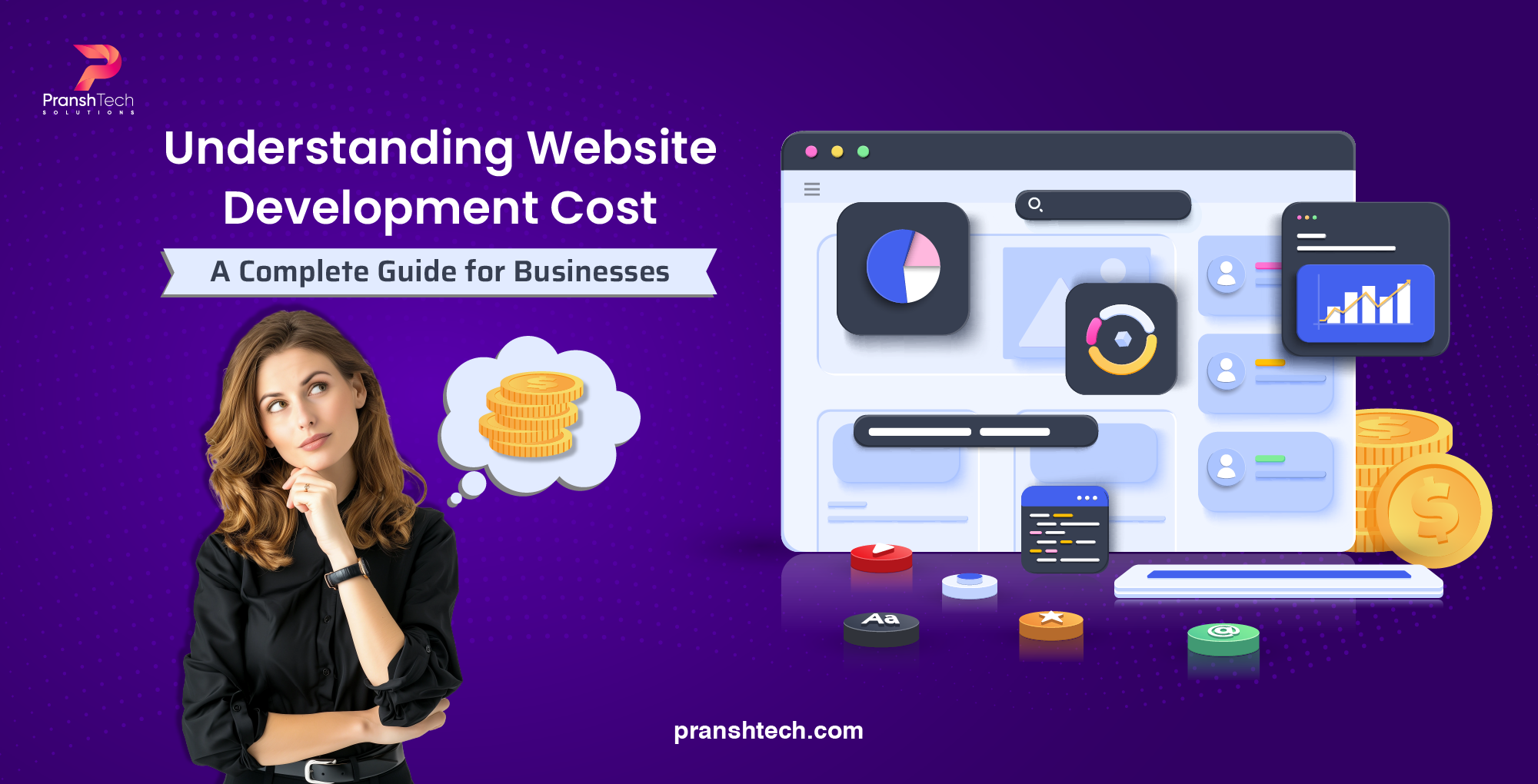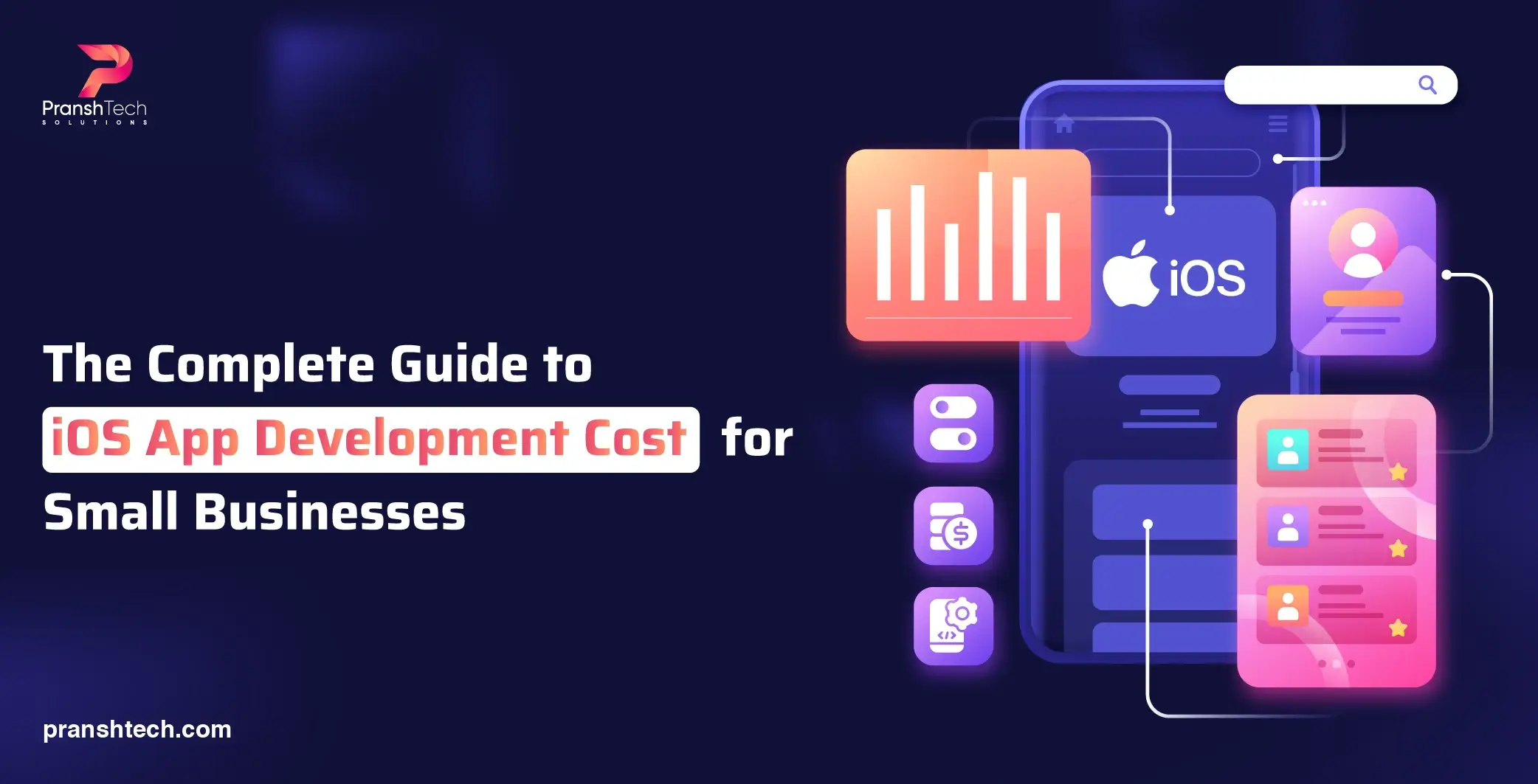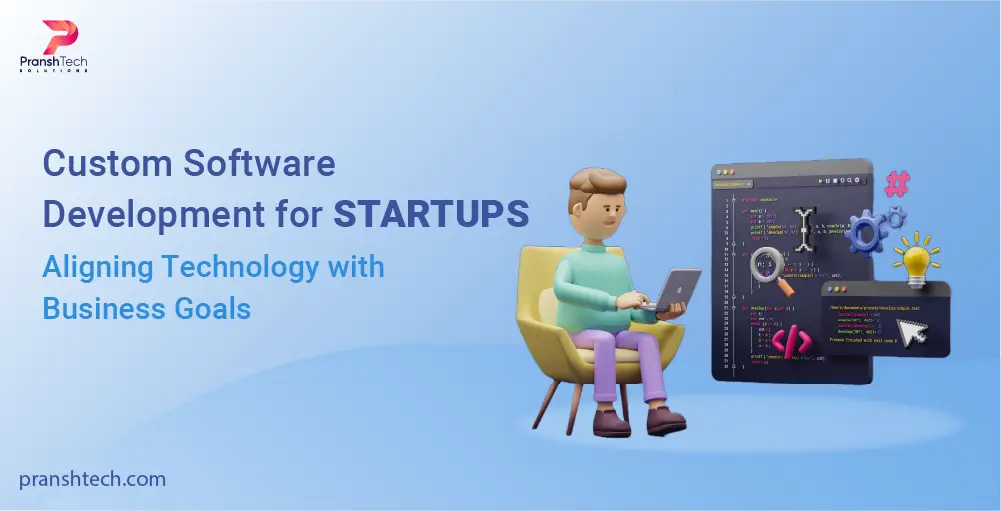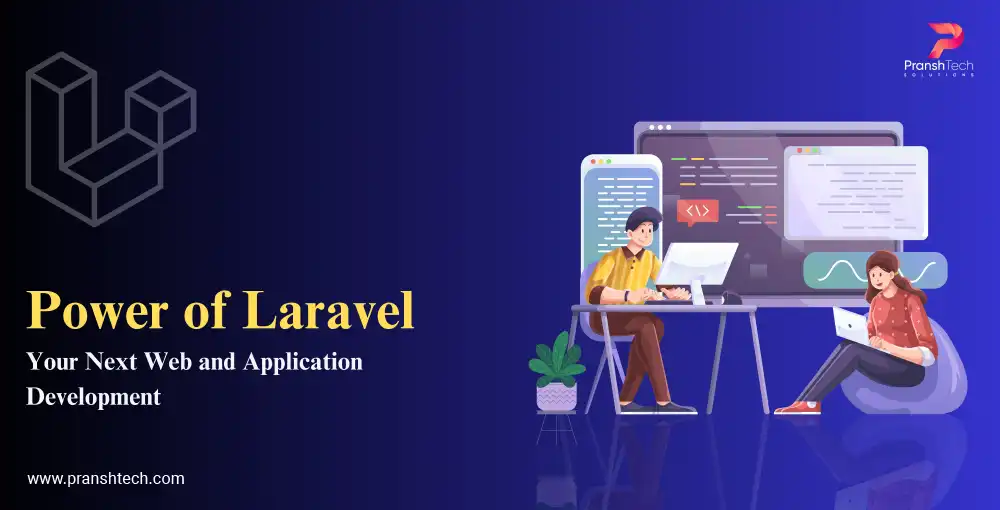Category: Blog-inner

Laravel API Development: Best Practices for 2025
API (Application Programming Interface) is important for allowing seamless communication between different software applications. It lets businesses integrate various services and improve user experiences. You can develop a web application, [...]
 Kishan Patel
Kishan Patel February 4, 2025

Budgeting for Success: Strategies for Managing Software Development Costs in 2024
These days, custom software development has become more popular than ready-to-use software. Custom-made software is flexible, scalable, and provides a more personalized experience. They streamline operations, leading to improved consumer [...]
 Dhaval Gajjar
Dhaval Gajjar May 14, 2024






 Harsh Modi
Harsh Modi 
 Rahul Patel
Rahul Patel 

 Vishal Tanna
Vishal Tanna 
 Mayur Patel
Mayur Patel 
 Dhimant Vyas
Dhimant Vyas 